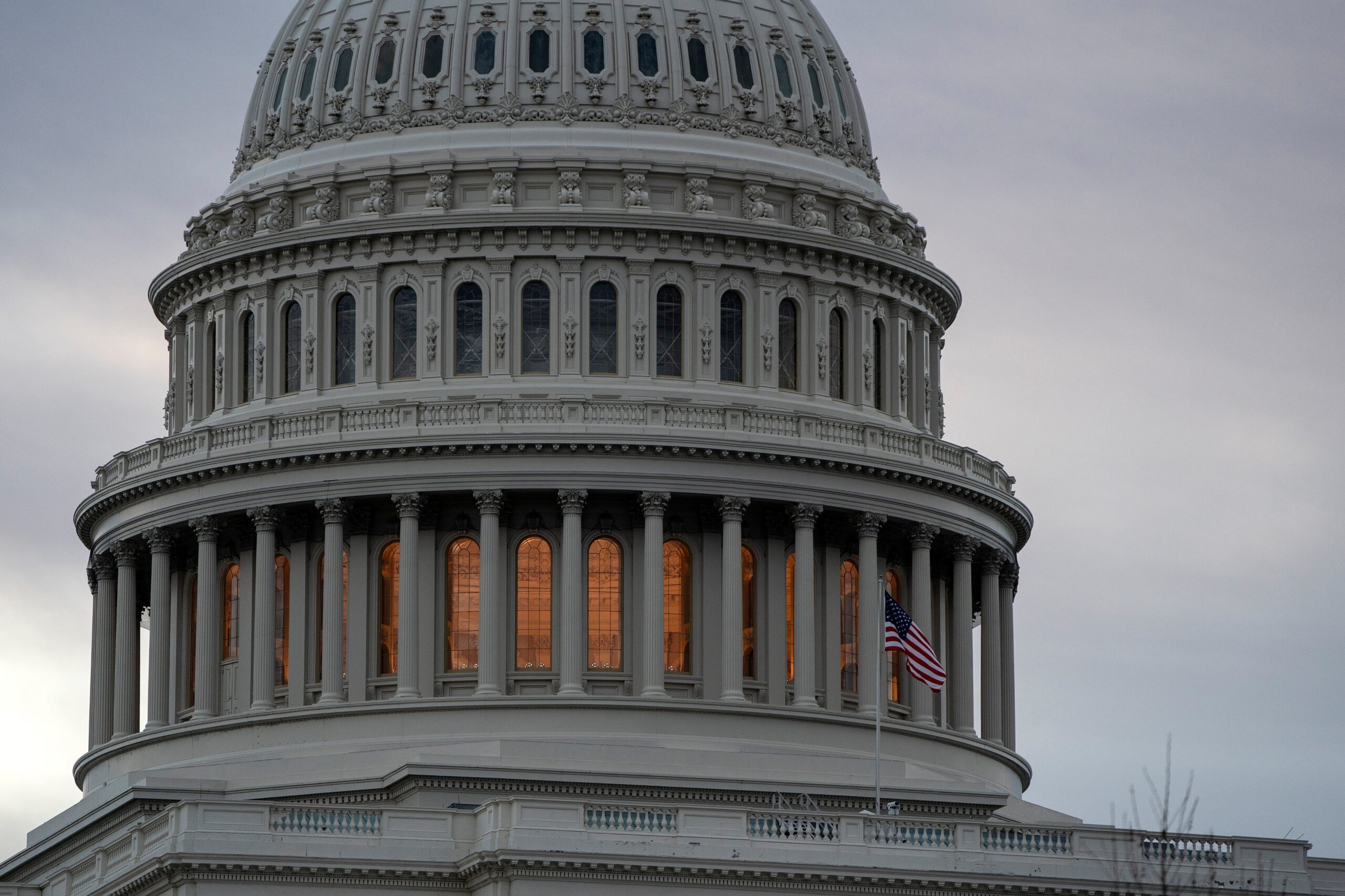The United States government faces a high risk of partial shutdown as federal funding expires on September 30, 2025. This looming shutdown stems from a political deadlock between President Donald Trump’s Republican administration and the Democratic Party over budget priorities, especially healthcare funding. Understanding the causes, timeline, and implications of a government shutdown is essential for citizens, federal employees, and businesses.
What Is a Government Shutdown?
A government shutdown occurs when Congress fails to approve the necessary appropriations bills to fund federal government operations by the beginning of the fiscal year (October 1). Without approved funding, the government must suspend non-essential services and furlough many federal employees until a budget agreement is reached. Essential services related to national security and public safety continue to operate.
Causes of the 2025 Shutdown Risk
The current funding impasse is primarily due to disagreements over:
-
Healthcare funding:
-
Democrats want to restore and protect recent expansions in Medicaid and healthcare subsidies under the Affordable Care Act.
-
Republicans aim to maintain or deepen recent spending cuts, opposing Medicaid expansions and rollback of tax credits for health insurance.
-
-
Budget allocation conflicts:
-
Republicans propose temporary measures with conservative spending caps.
-
Democrats demand full-year appropriations including protections for healthcare and public health agencies.
-
This deadlock occurs despite Republican control of both the House and Senate because passing funding bills requires 60 votes in the Senate to overcome filibusters, necessitating some Democratic support.
Timeline of Key Events Leading to Shutdown
| Date | Event | Description |
|---|---|---|
| Sept 29, 2025 | Trump calls congressional leaders | Meeting to seek compromise before deadline |
| Sept 30, 2025 | Current funding expires | Government funding must be renewed to avoid shutdown |
| Oct 1, 2025 | Shutdown begins if no agreement | Non-essential government operations halt |
| Weeks after | Negotiations continue | Efforts to restore funding and reopen government services |
Historical Context: Shutdowns Overview
| Shutdown Period | Duration | Cause | Impact |
|---|---|---|---|
| 1995–1996 Shutdowns | 5 and 21 days | Budget disputes, Clinton vs Congress | Thousands of federal workers furloughed, services disrupted |
| Dec 2018 – Jan 2019 | 35 days | Border wall funding dispute | 800,000 workers affected; major federal disruption |
| Feb 2018 (brief) | 3 days | Budget impasse | Less severe; many services remained operational |
[Data adapted for context; 2025 shutdown likely to parallel past effects]
What Happens During a Shutdown?
-
Hundreds of thousands of federal employees are furloughed (unpaid leave).
-
Essential services such as military, law enforcement, and air traffic control continue.
-
Non-essential government operations including national parks, visa processing, research, and many administrative services close.
-
Economic consequences include delayed tax refunds, contractor disruptions, slowdowns in public health activities, and negative impacts on communities dependent on federal employment.
Potential Impact of 2025 Shutdown
-
The Trump administration may take an active role in using executive powers, possibly leading to actual layoffs beyond furloughs.
-
Federal employees and contractors will face economic uncertainty.
-
Disruptions to healthcare programs and public health agencies may occur if funding cuts remain.
-
Essential safety and security functions will continue but may be stretched thin.
What to Know and Follow
-
Stay informed through government announcements for updates on which services are affected.
-
Federal employees should monitor agency guidance regarding furloughs and pay.
-
Citizens may experience delays in travel authorization, tax refunds, and public services.
-
Congressional negotiations remain ongoing, with little indication yet of a breakthrough.
Summary Table of Key Shutdown Facts
| Aspect | Details |
|---|---|
| Cause | Budget standoff over healthcare and spending cuts |
| Deadline | September 30, 2025 |
| Government effect | Halt of non-essential services, employee furloughs |
| Past impact | Economic losses billions USD, extensive worker impact |
| Current expectation | Possible long shutdown with executive actions |
This government shutdown risk highlights the complexities of US federal budgeting, where political divisions over healthcare and spending priorities can lead to major disruption. It underscores the critical importance of bipartisan cooperation to keep the government operational and services flowing smoothly.
If the shutdown proceeds, the public will experience widespread delays and federal employees economic hardship. The coming days remain crucial as lawmakers negotiate for a last-minute deal to prevent partial government closure.

